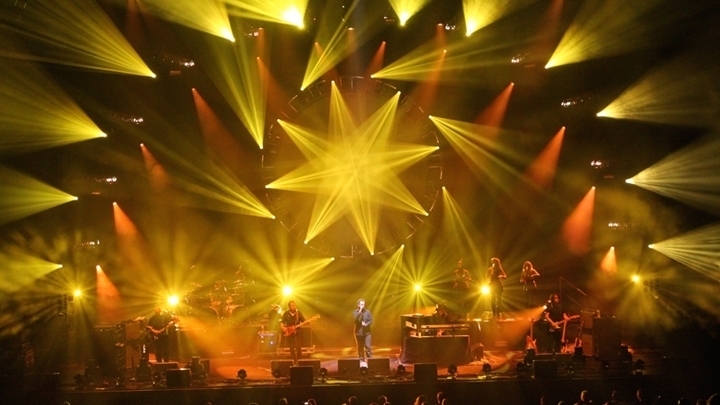Whether it is a play, a concert or a performance like Cirque du Soleil (coming soon to India), lighting is an integral and irreplaceable part of an event. In fact, there are many famous bands that count their lighting directors as an additional member of the group. Pink Floyd’s Division Bell tour in 1995, the lighting design for the band Phish’s concerts by roadie-turned-lighting director Chris Kuroda and Jefferson Waful’s unique and creative lighting for Umphrey’s McGee are memorable examples of why the lighting director’s job is such an important one.
Stage lighting requires careful planning, a great sense of timing and exactness in execution for the success of an event. There are many reasons why stage lighting plays such an vital role. First, lighting obviously illuminates what’s happening on the stage, making the event and people visible to the audience. It is essential to capture the attention of the audience. It also sets the mood, whether with bright lights or playing with shadows and lasers. Action can be added to an event with lighting, keeping it from becoming monotonous. Certain people or events can be emphasised with spotlights, drawing people’s eyes to certain elements on stage.
Clearly, stage lighting can make or break a show. However, for beginners who are just learning the ropes, here are common mistakes to avoid when working in the complex field of lighting.
Coloured Flashes
More lights does not necessarily mean better lighting. If you change lights too quickly and if you use too many lights, it can easily overwhelm the audience and become an eyesore. Avoid light explosions and stick to the mood you wish to create when choosing colours of your lights. Limit the number of tones of lights and ensure that the colour complement each other. Another no-no is the use of over-saturated lights that are harsh on the eyes.
Inappropriate Timing of Lighting Cues
Timing is crucial when it comes to lighting as is matching the lights with the mood you are trying to create. If a band is playing a moody, melancholic number, avoid bright lights and flashing lights. It destroys the mood of the song. The timing of entrance and exit of lights is also something that you can mess up if you don’t go through the plan for the day and know your cues very well.
Too Many Lighting Cues
In your enthusiasm to dazzle the audience with your lighting, do not write in too many lighting cues. When planning the flow with the event director, remember that lighting supports the story, music or performance happening on stage rather than distracting from it. So, write cues that are absolutely needed and focus on fine-tune your timing and doing your part with finesse.
Not Knowing Your Equipment
Knowing your equipment and fixtures thoroughly is absolutely necessary for a good event. Make note of all the lighting equipment at your disposal and know everything about it so that if something isn’t functioning properly you can get it fixed before the event.
Equipment & Budget
Most importantly, pay close attention to the quality of the equipment that you are using. Often the budget of the event isn’t planned properly and the lighting director isn’t allocated enough to hire the best equipment. Good quality lighting equipment is absolutely essential and low grade lights can impact the overall lighting design in a major way.
In conclusion, as a beginner instead of worrying about creating immensely creative and perfect stage lighting, keep your focus on first mastering the basics thoroughly. Then, identify common mistakes and make a conscious effort to avoid them. You are sure to be home safe and leave behind a satisfied client.

